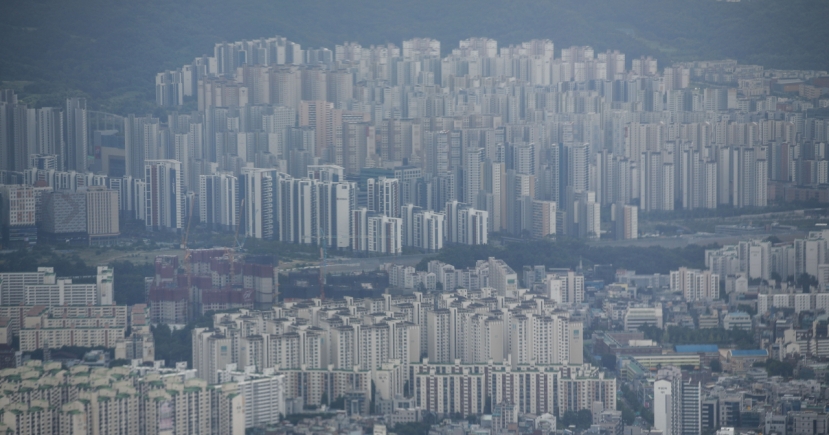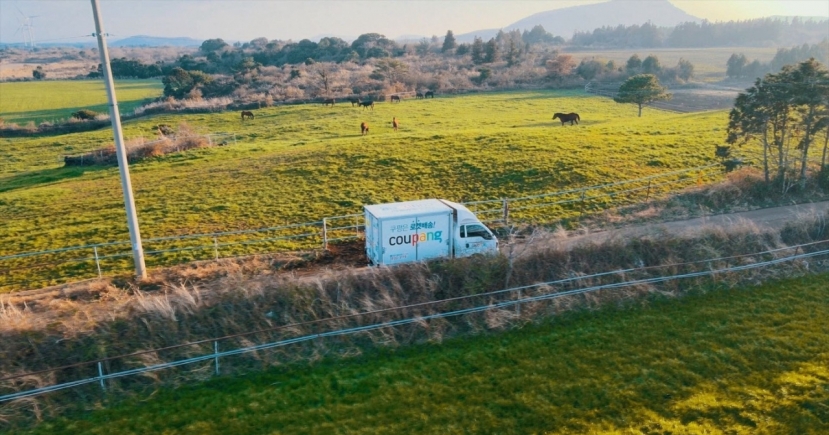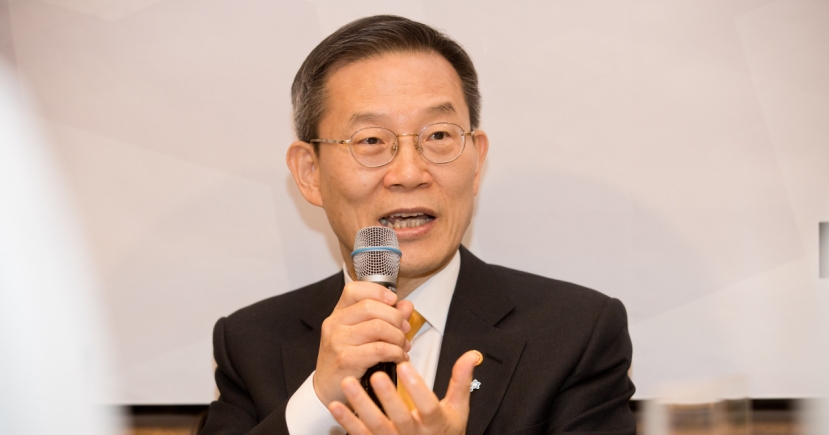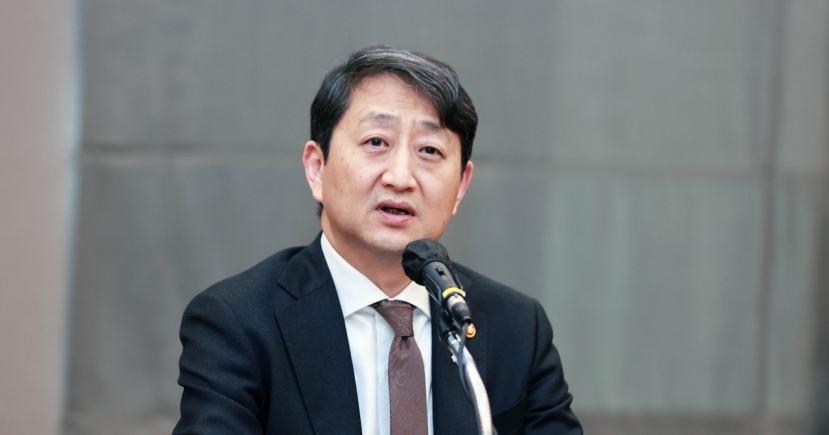Economy
Allies seek to deploy aircraft carrier, strategic bombers
[THE INVESTOR] South Korea and the US are currently in talks to deploy a nuclear-powered aircraft carrier, strategic bombers and other powerful assets to the Korean Peninsula, Seoul’s Defense Ministry said on Sept. 4, revealing it has detected indications of another North Korean missile launch.
The measures were unveiled the day after the detonation of what Pyongyang claims to be a missile-ready hydrogen bomb and as Seoul officials reiterated that the country and its allies would maximize pressure on North Korea, including additional sanctions and military measures.
 |
A Hyunmoo-2 missile launched on the east coast on Sept. 4, as military conducts a combined live-fire exercise in response to North Korea's sixth nuclear test. |
South Korean President Moon Jae-in on Sept. 4 sought closer cooperation with allies and neighboring nations, while the military began the day with an unprecedented exercise in a show of force.
During a 20-minute telephone conversation Monday, Moon and Japanese Prime Minister Shinzo Abe condemned North Korea’s violation of UN Security Council resolutions and promised tougher action against the North.
According to Cheong Wa Dae spokesman Park Soo-hyun, the two leaders consider North Korea to have taken its provocations to a “new dimension” and agreed on the need for a concerted response.
“(Moon) emphasized (the two countries must) work with the international community to bring strong and real responses of a new level that can be felt by North Korea,” Park said.
“The two leaders shared the view that North Korea should be subjected to pressure and sanctions of the highest measure, and to push for stronger UN Security Council sanctions.”
Park added that Seoul and Tokyo agreed to maintain close communication on all levels including the summit planned on the sidelines of the Eastern Economic Forum in Vladivostok, Russia.
Sept. 4 also saw the South Korean military begin the show-of-force exercises the Joint Chiefs of Staff promised on Sept 3.
In the early hours of Sept. 4, South Korean Army and Air Force units fired surface-to-surface and air-to-surface missiles on the east coast. In the drill, the Army and Air Force units targeted an area about 300 kilometers off the coast in the East Sea as a demonstration that South Korea is fully capable of striking North Korea’s nuclear facilities, the JCS said.
According to Seoul’s Ministry of National Defense, this is the missile drill in which the North’s Punggyeri nuclear weapons testing facility was specified as the target.
The Defense Ministry also revealed that it is planning another missile exercise in the near future and that the military is currently collecting date for a detailed analysis of Sunday’s test. The ministry also said that related organizations continue to keep close tabs on Pyongyang’s missile and nuclear activities.
The ministry said that North Korea is expected to continue provocations and use the latest test to consolidate the regime’s control on the population and as a leverage against the US.
In its report to the National Assembly’s defense committee, the ministry also said that its military will stage a unilateral live-fire drill, which involves Taurus air-to-surface missiles mounted on its F-15 K fighter jets, this month.
South Korea and the US are said to be planning joint drills designed to show North Korea the allies’ overwhelming military capabilities, which according to Seoul’s JCS will be executed at the earliest possible date.
According to reports, Seoul and Washington are leaning toward show-of-force exercises mainly involving naval and air force assets on and around the Korean Peninsula. US hardware considered likely to be mobilized include F-22 and F-35B fighter jets, B-1B and B-52 bombers, aircraft carrier USS Ronald Reagan and nuclear-powered submarines stationed in Japan and Guam.
In addition, the allies are said to be discussing plans for stationing additional US military assets in South Korea. According to reports, options under consideration in Washington include stationing F-22 and F-35B fighter jets at US military bases in Korea on a three-month rotational basis and expanding the US Air Force presence here on longer-term basis.
South Korean politicians also responded to Sunday’s development, with the National Assembly adopting a resolution condemning North Korea. In the resolution, the National Assembly called on the South Korean government to review its North Korean policies and to take stronger action while warning North Korea that it was heading for “international isolation and self-destruction.”
By Choi He-suk/The Korea Herald (cheesuk@heraldcorp.com)








